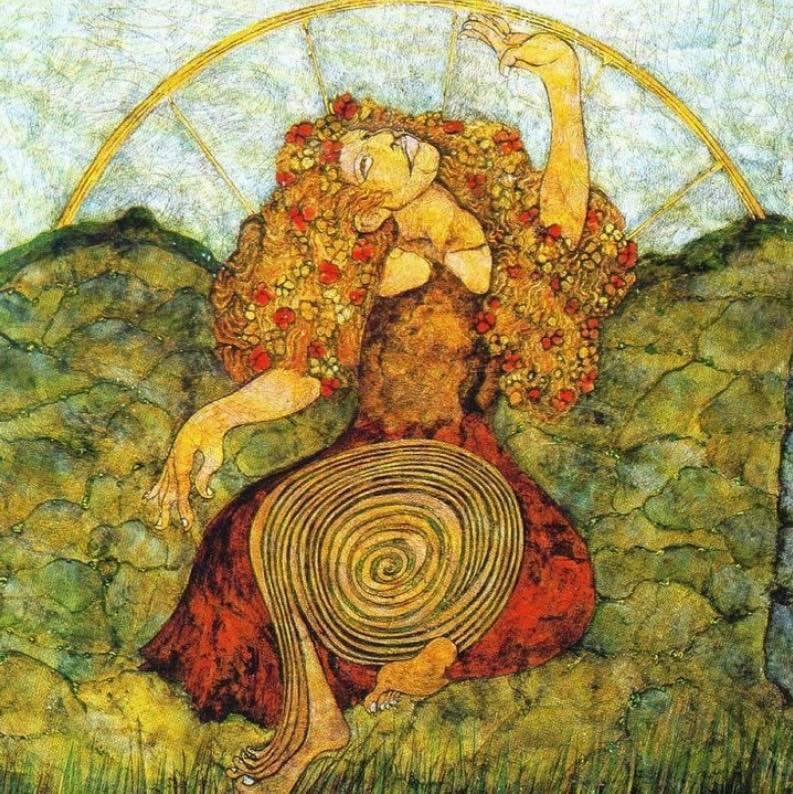
Self-Care with Cranosacral Therapy by Sharon Hartnett CST-D in Columbus, Ohio
In today’s fast-paced world, stress and anxiety are more prevalent than ever. The constant demands of work, family, and digital life can leave us emotionally drained and physically exhausted. For individuals in chronic pain, this cycle can become especially punishing—where pain fuels stress, and stress fuels pain.
Cultivating a self-care routine isn’t just a luxury—it’s essential care. For those juggling stress, anxiety, or chronic pain, self-care can:
-
Break the stress-pain cycle, calming the nervous and working with the fascial and musculoskeletal systems.
-
Improve mood, sleep, and resilience through regular relaxation and mindfulness practices. HealthWikipedia
-
Boost quality of life—especially critical for those managing long-term health challenges.
Key Self‑Care Practices for Stress, Anxiety & Pain
1. Mindfulness & Meditation
-
What it does: Lowers anxiety, enhances emotional regulation, reduces chronic pain signaling. HealthTIME
-
Try this: Five minutes of mindful breathing daily, or guided meditations via apps. Or take a mindful walk outside!
2. Progressive Muscle Relaxation (PMR)
-
What it does: Reduces muscle tension, anxiety, insomnia, even chronic pain.
-
Try this: Tense and release muscle groups from head to toe, with deep breathing. Take your time!
3. Gentle Movement (Yoga, Walks, Stretching)
-
Encourages physical ease, mental clarity, and helps interrupt chronic pain patterns.
4. Craniosacral Therapy (CST)
There are Craniosacral Therapists across the world who work with people to deeply relax and to heal. Check out the Upledger Institute for a therapist near you.
5. Journal, Express Yourself in Safe Places, and Be Social
✨ Spotlight: Craniosacral Therapy
What it is
A gentle, hands-on approach where a trained therapist uses soft touch along your skull, spine, and sacrum to ease tension in the fascia and support the body’s self‑healing mechanisms. Byrdie+3Cleveland Clinic+3Verywell Health+3
How it helps
-
Reduces headaches, neck/back pain, and other chronic pain symptoms. Cleveland Clinic
-
Promotes deep relaxation and eases stress/anxiety by calming the nervous system. Inspire Movementoralmyology.comHealthline
-
Meta-review shows meaningful relief in both pain and improved function lasting up to six months. Inspire Movement+15pmc.ncbi.nlm.nih.gov+15takingcharge.csh.umn.edu+15
What to expect
-
Sessions last 30–60 minutes, fully clothed on a therapy table. Verywell Mind+15Cleveland Clinic+15Flourishing Lives+15
-
Many report deep calm, emotional release, sense of spaciousness. MindBody Med+10Byrdie+10Inspire Movement+10
-
Generally safe, though individuals with certain medical conditions should consult their provider. Verywell Mind
A balanced view
Craniosacral Therapy is a unique experience for each person. The body holds the wisdom to heal and that Inner Physician is what leads the session. As such, you can depend that your sessions are different than other peoples. However, most people walk away feeling very calm, centered and relaxed in their mind, body and spirit.
Building Your Self‑Care Toolbox
Here’s how to create a well-rounded routine:
| Practice | What It Does | Frequency |
|---|---|---|
| Deep breathing or meditation | Calms nervous system, reduces anxiety | Daily, 5–15 min |
| PMR stretch session | Eases muscle tension, pain, insomnia | 3–5× per week |
| Gentle movement | Improves circulation, mental health | Daily or most days |
| Craniosacral therapy | Releases chronic tension; resets pain/stress | Weekly or biweekly |
| Journaling/social connection | Processes emotions; strengthens support | Weekly |
Final Thoughts
Self-care isn’t about indulgence—it’s about repairing and protecting your system. Be Proactive !When you feel your stress or pain rising, lean on these practices before symptoms spiral. Over time, small, consistent habits build a powerful buffer against the daily overload.
If you’re struggling, especially with chronic pain or anxiety, consider adding craniosacral therapy to your routine. Consult your healthcare provider and seek out a trained practitioner. Combined with mindfulness, relaxation, and movement, CST can become a gentle yet potent path toward relief and resilience.
Reminder
Everyone’s journey is different—take time to explore what resonates with you. Consistency beats intensity. Start small, stay curious, and let your routine grow alongside your needs.
Take care of yourself—you’re worth the effort. 💛

